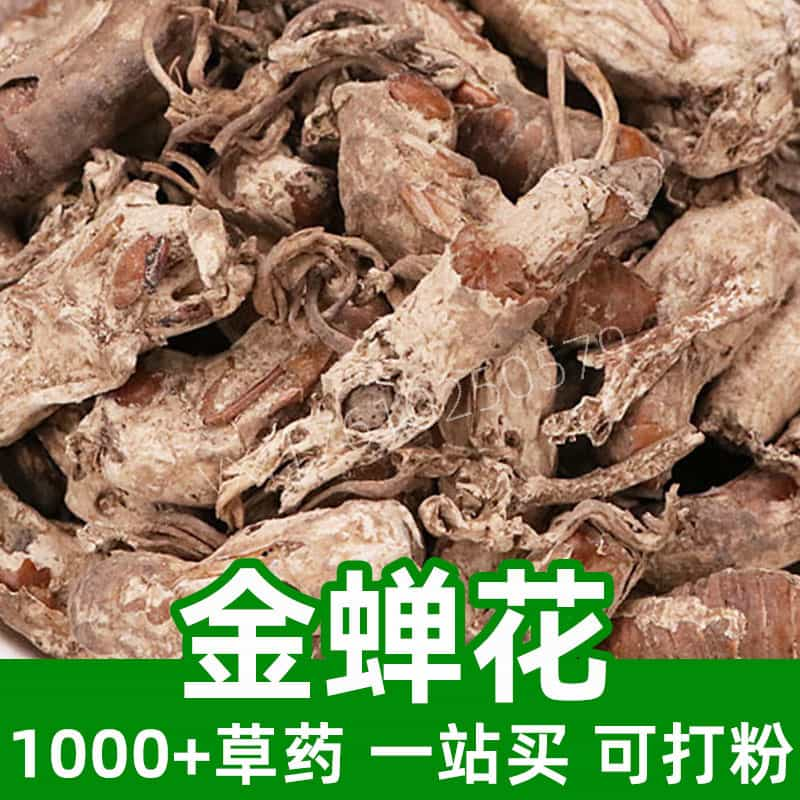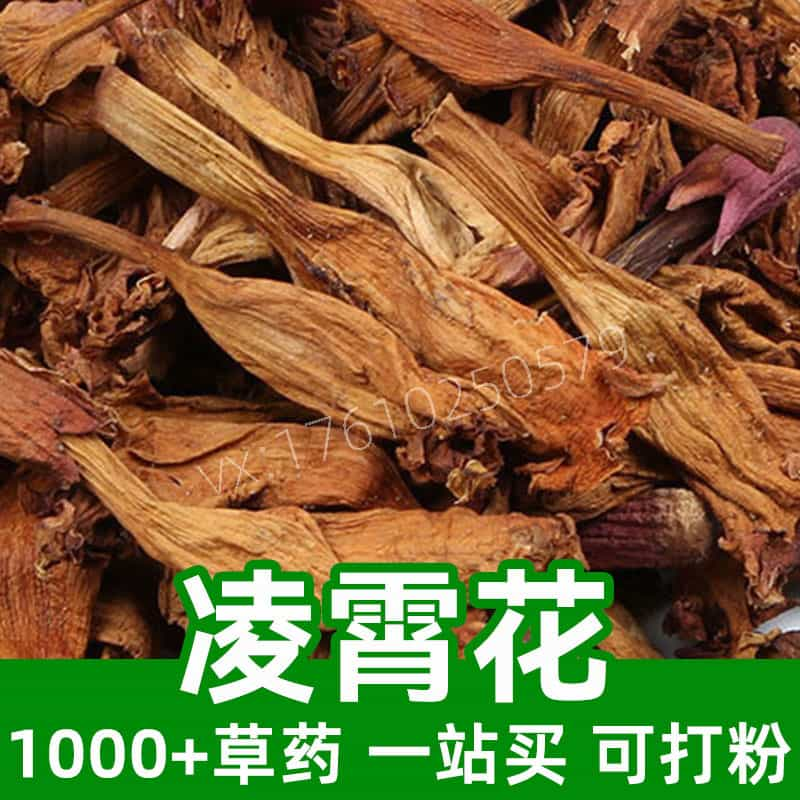Cucumber Seeds Product Introduction
Cucumber seeds are extracted from the mature fruit of the cucumber (Cucumis sativus L.), rich in protein, fat, vitamin E, minerals, and other nutrients. Due to their properties of clearing heat, diuresis, moisturizing the intestines, detoxification, and promoting bowel movement, cucumber seeds are widely used in traditional Chinese medicine. Their main uses include improving gut health, promoting detoxification, and enhancing skin beauty. Cucumber seeds are usually used as raw materials for herbal medicine or dietary supplements and can be made into various forms such as extracts, powders, and oils for consumption.
Main Active Ingredients of Cucumber Seeds
Cucumber seeds are plant seeds rich in various nutrients and bioactive compounds, and their main active ingredients include:
- Fats: Cucumber seeds contain rich unsaturated fatty acids such as linoleic acid and linolenic acid, beneficial for human health.
- Proteins: They have a high protein content, essential for growth, development, and maintaining tissue structure and function.
- Vitamin E: Rich in vitamin E, which has antioxidant properties, helping protect cell membranes from free radical damage and delaying aging.
- Minerals: Contain abundant minerals such as zinc, iron, and calcium, crucial for physiological functions.
- Phytosterols and Flavonoids: These bioactive compounds have anti-inflammatory, antioxidant, and antibacterial effects.
- Cucurbitacin: A unique compound promoting digestion, diuresis, and detoxification.
- Phenolic Compounds: Include catechins and anthocyanins, with antioxidant, anti-inflammatory, and antitumor activities.
- Dietary Fiber: Helps promote intestinal peristalsis and improve constipation issues.
In summary, cucumber seeds are rich in various nutrients and bioactive substances, with multiple health benefits and applications in food and dietary supplements, gaining wide attention and use.
Application Scenarios and Usage of Cucumber Seeds
Cucumber seeds have extensive applications in traditional Chinese medicine and the food industry, with main application scenarios and usage as follows:
- Traditional Chinese Medicine Applications:
- Clearing Heat and Detoxifying: Used for treating heat-related illnesses and sunstroke. Typical dosage is 15-30 grams per use, decocted in water.
- Diuretic: Used for treating edema and urinary tract infections. Typical dosage is 15-30 grams per use, decocted in water.
- Reducing Swelling and Pain: Used for treating breast hyperplasia and lymphadenitis. Typical dosage is 15-30 grams per use, decocted in water.
- Food Industry Applications:
- Flavoring: Cucumber seeds have a fresh flavor, often used as a seasoning in foods such as bread, salads, and yogurt to enhance taste and nutrition.
- Edible Nuts: Roasted or fried cucumber seeds become delicious edible nuts, rich in protein and fat, beneficial for health.
- Dietary Supplements: Used as a dietary supplement in products like nut snacks and nutrition bars, providing essential nutrients.
- Usage and Dosage:
- Herbal Decoction: Boil cucumber seeds in water, using 15-30 grams per dose, 2-3 times daily.
- Food Additive: Use roasted or fried cucumber seeds as a seasoning, adding moderate amounts to food.
- Edible Nuts: Consume directly as snacks or ingredients.
Overall, cucumber seeds are commonly used in traditional Chinese medicine for treating heat-related illnesses and promoting diuresis, with decoction being the typical method of administration. In the food industry, they are used as flavorings or edible nuts, consumed in moderate amounts. It is advisable to consult a doctor or food expert before use.
Source Plant Introduction, Distribution, and Growth Environment of Cucumber Seeds
Cucumber (scientific name: Cucumis sativus) is a plant in the Cucurbitaceae family, and cucumber seeds are the seeds formed after the fruit matures. Below are details about the source plant, distribution, and growth environment of cucumber seeds:
- Source Plant:
- Cucumber (Cucumis sativus): An annual herbaceous plant with trailing stems, heart-shaped leaves, a long flowering period, solitary or umbellate flowers, and long oval or elliptical fruits containing many seeds when mature, known as cucumber seeds.
- Distribution:
- Cucumber is a widely cultivated vegetable plant found globally, primarily in Asia, Africa, Europe, and the Americas, making it one of the world's essential vegetable crops.
- In China, cucumber has a long cultivation history and is widely distributed, mainly in the Yangtze River Basin, Yellow River Basin, and Northeast regions.
- Growth Environment:
- Climate: Prefers warm and humid climates with optimal growth temperatures of 20℃~30℃ and an ideal range of 25℃~28℃. Adequate sunlight is crucial for plant growth and fruit maturation.
- Soil: Does not have strict soil requirements but prefers loose, fertile, and well-drained sandy loam or loam. It tolerates a pH range of 6.0~7.0.
- Moisture: Cucumbers thrive in moist environments but are not waterlogged; they prefer moderately moist soil that remains damp but not overly wet.
Monica Sun is a seasoned expert in the natural raw materials industry, with over a decade of experience specializing in traditional Chinese medicinal herbs, spices, and fungi. She is skilled in the sourcing, processing, and application of these materials, emphasizing sustainability and innovation. Monica Sun has contributed to the development of high-quality natural raw materials that serve as essential components in functional foods, pharmaceuticals, and cosmetics, delivering tailored solutions to meet diverse market needs.













